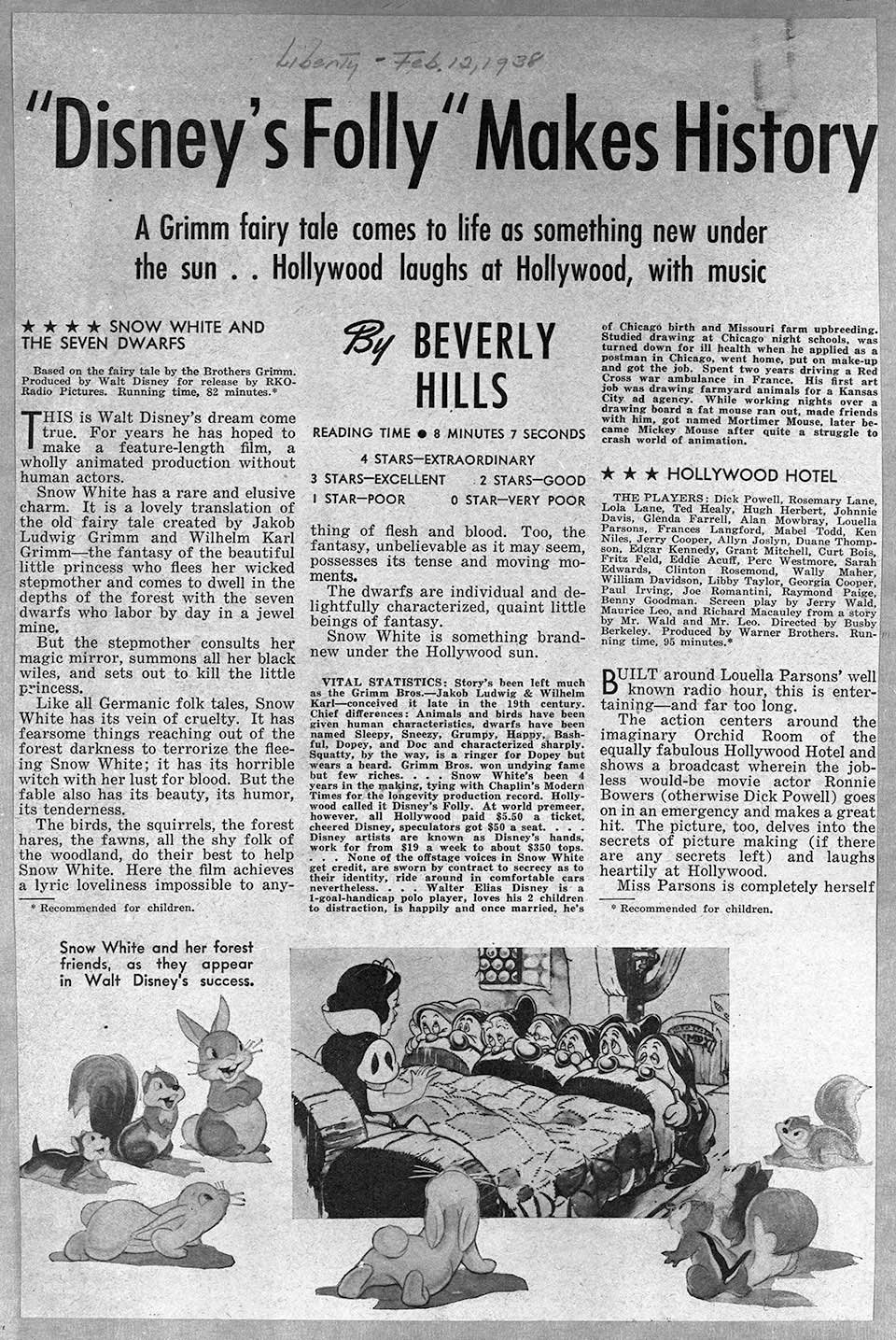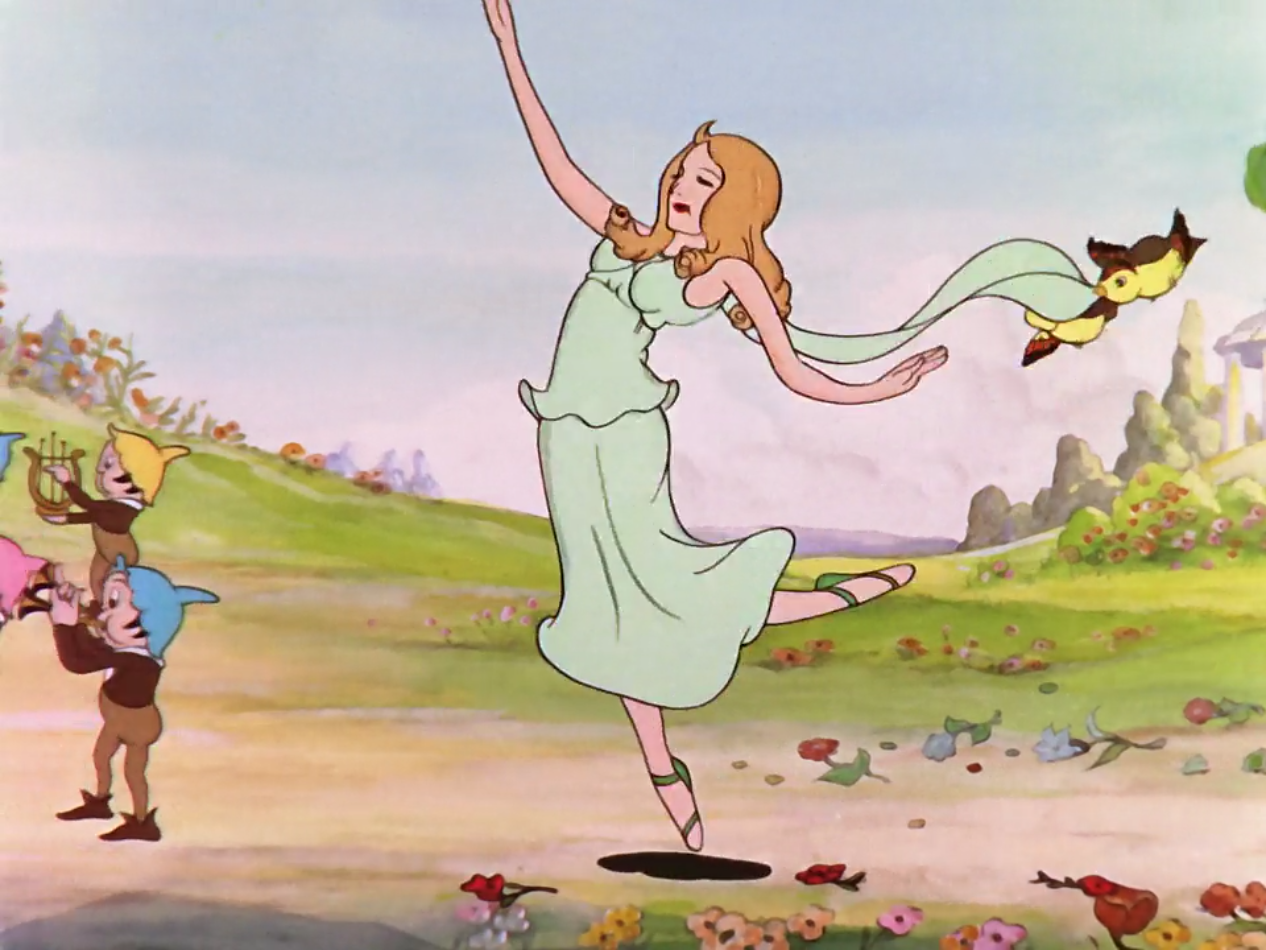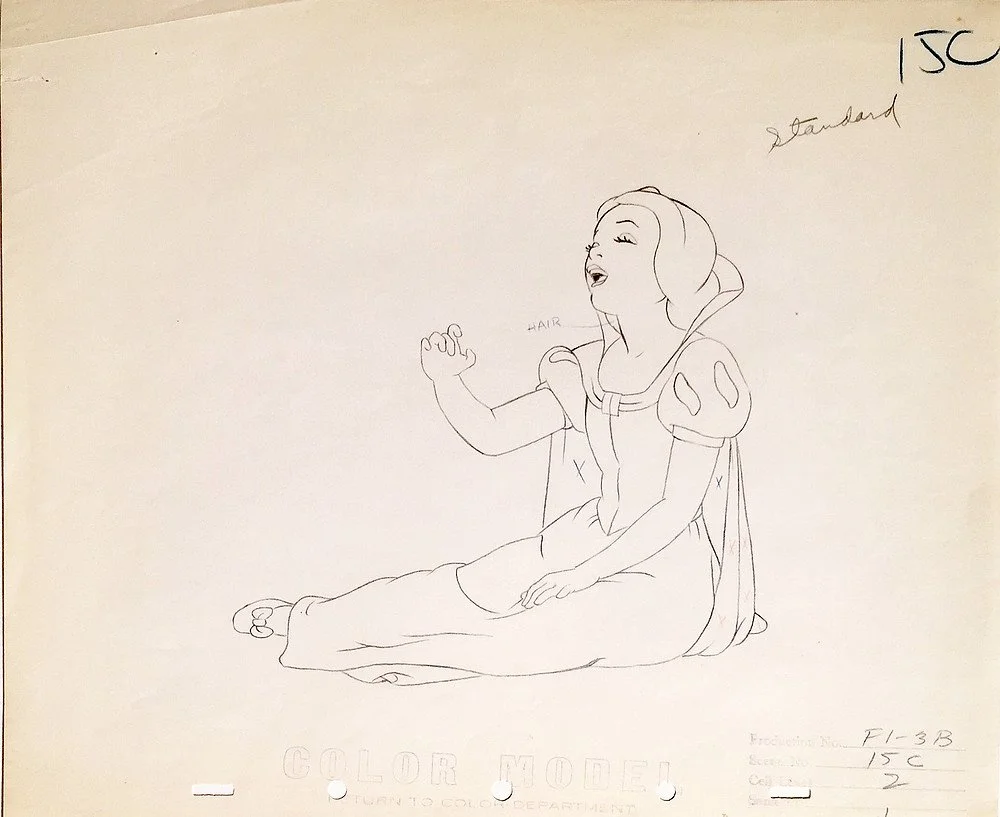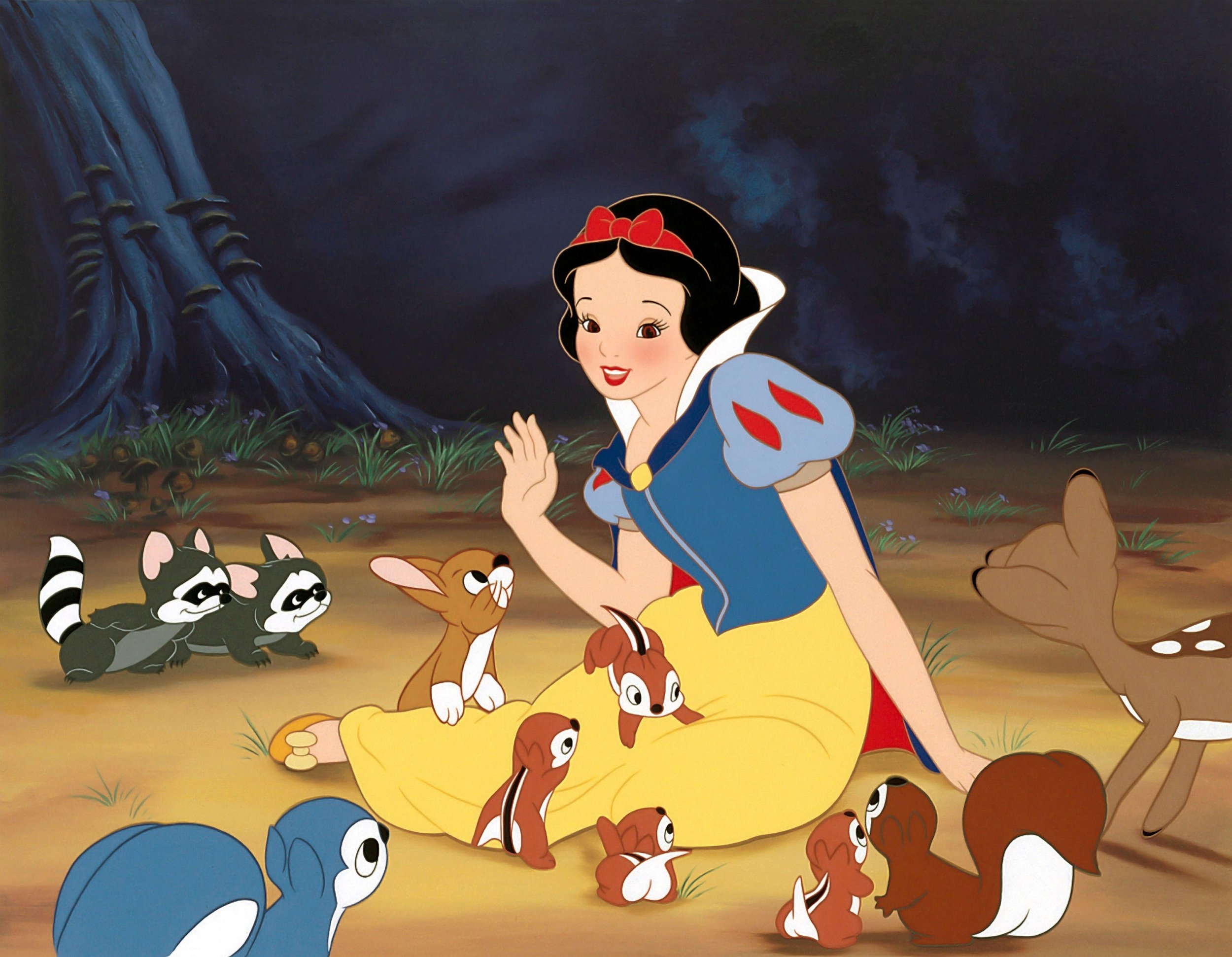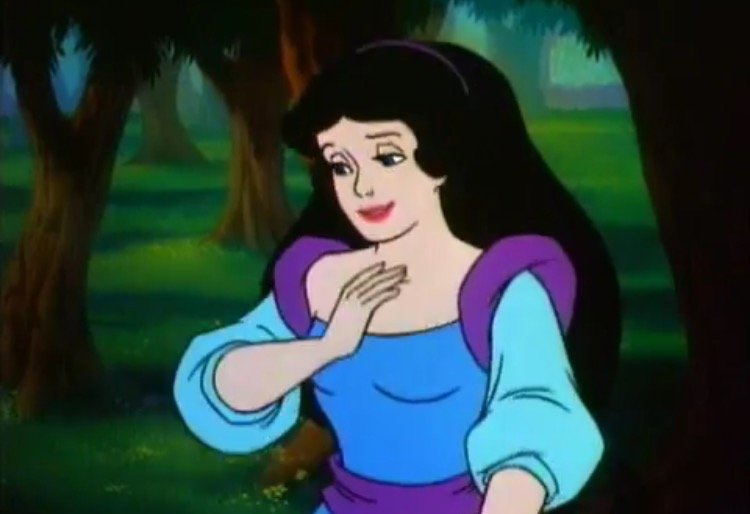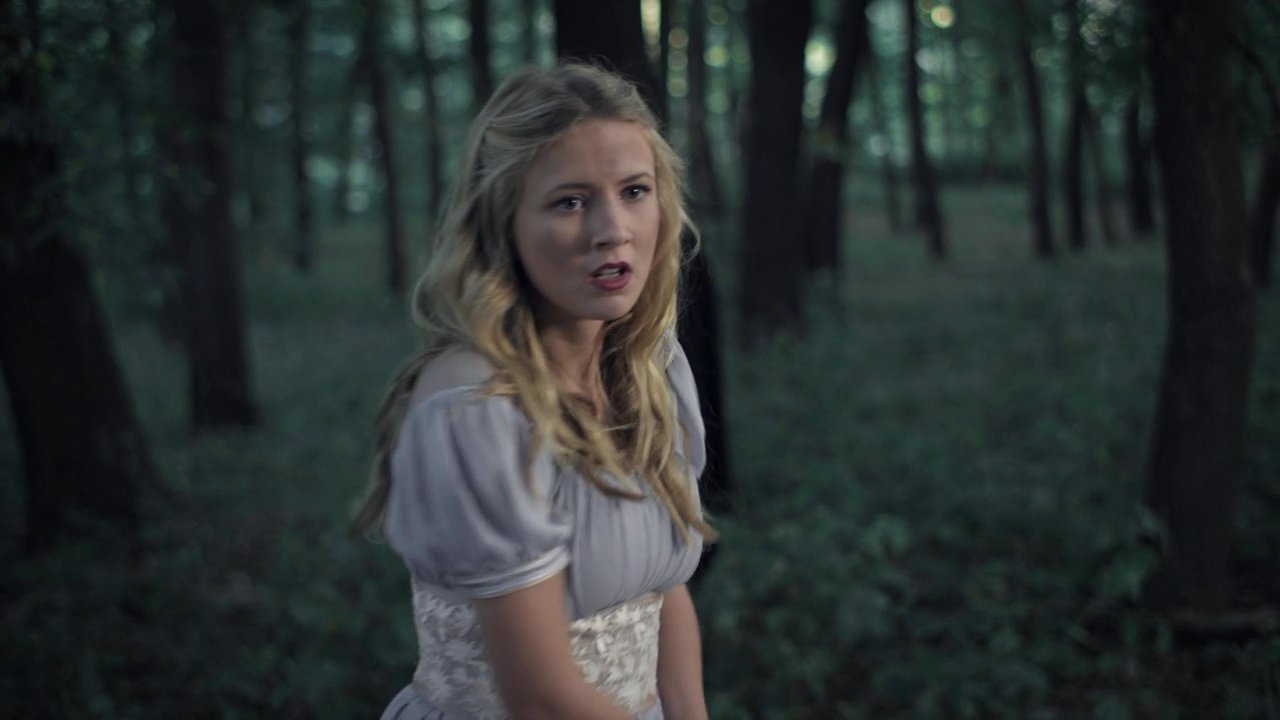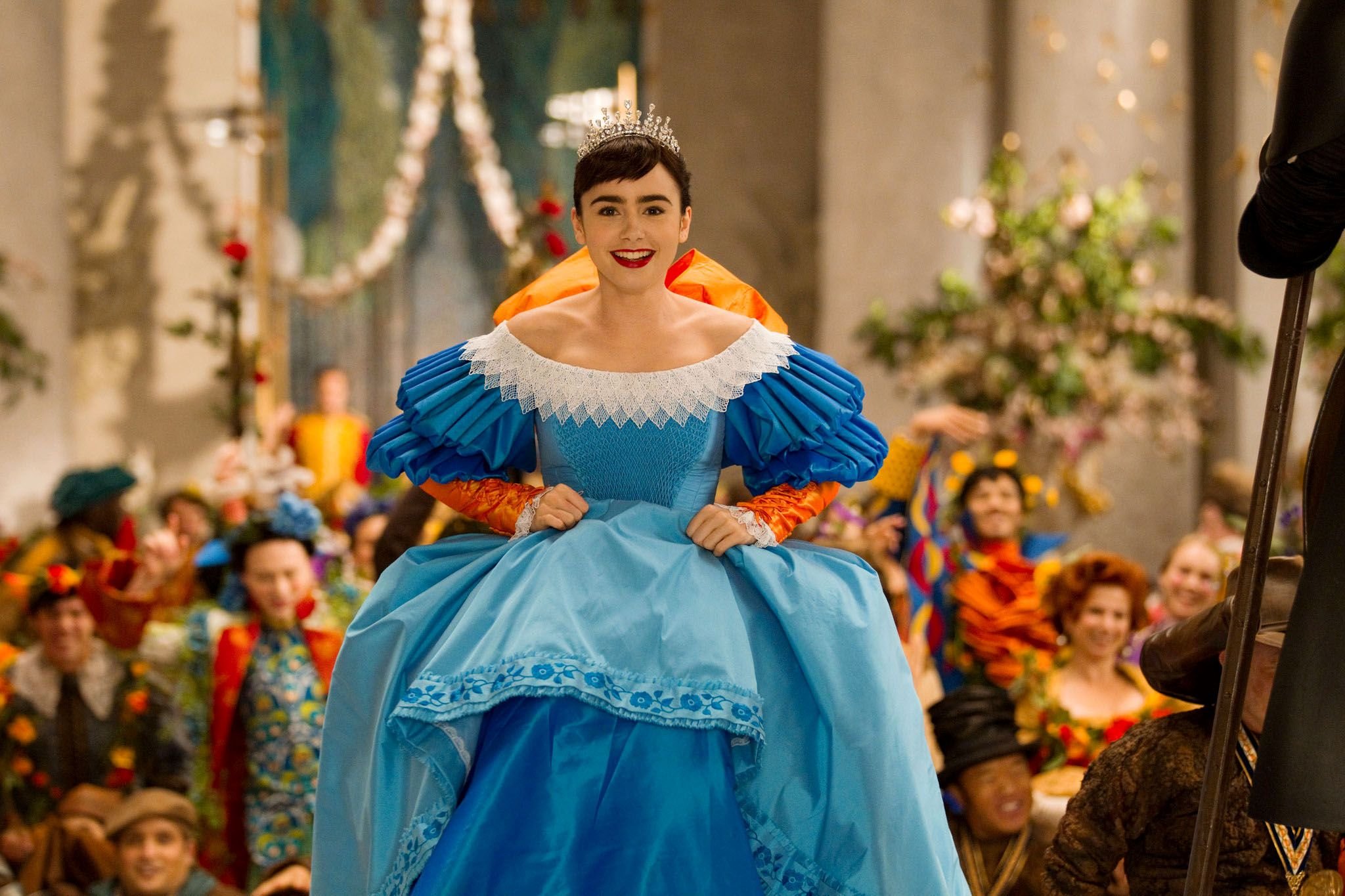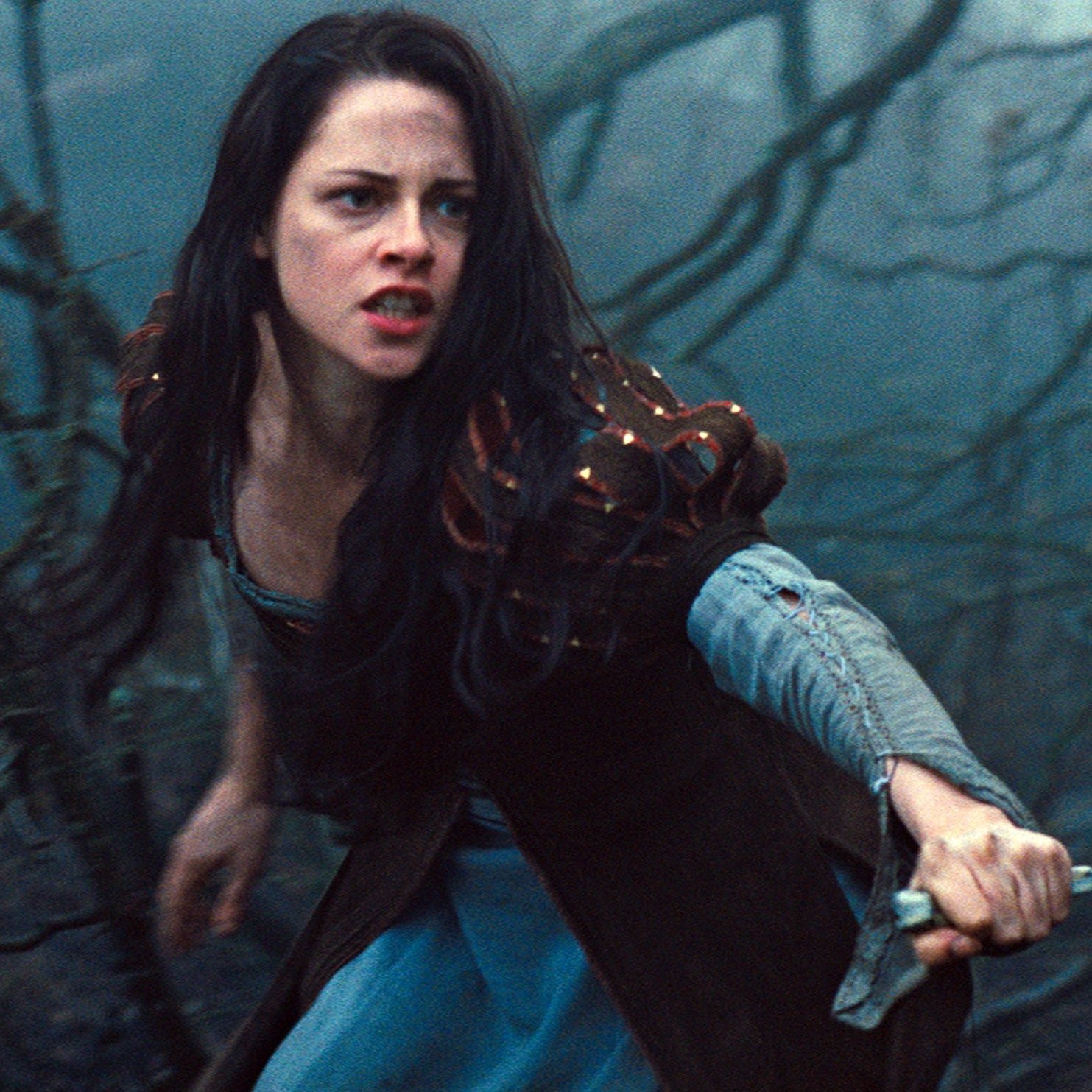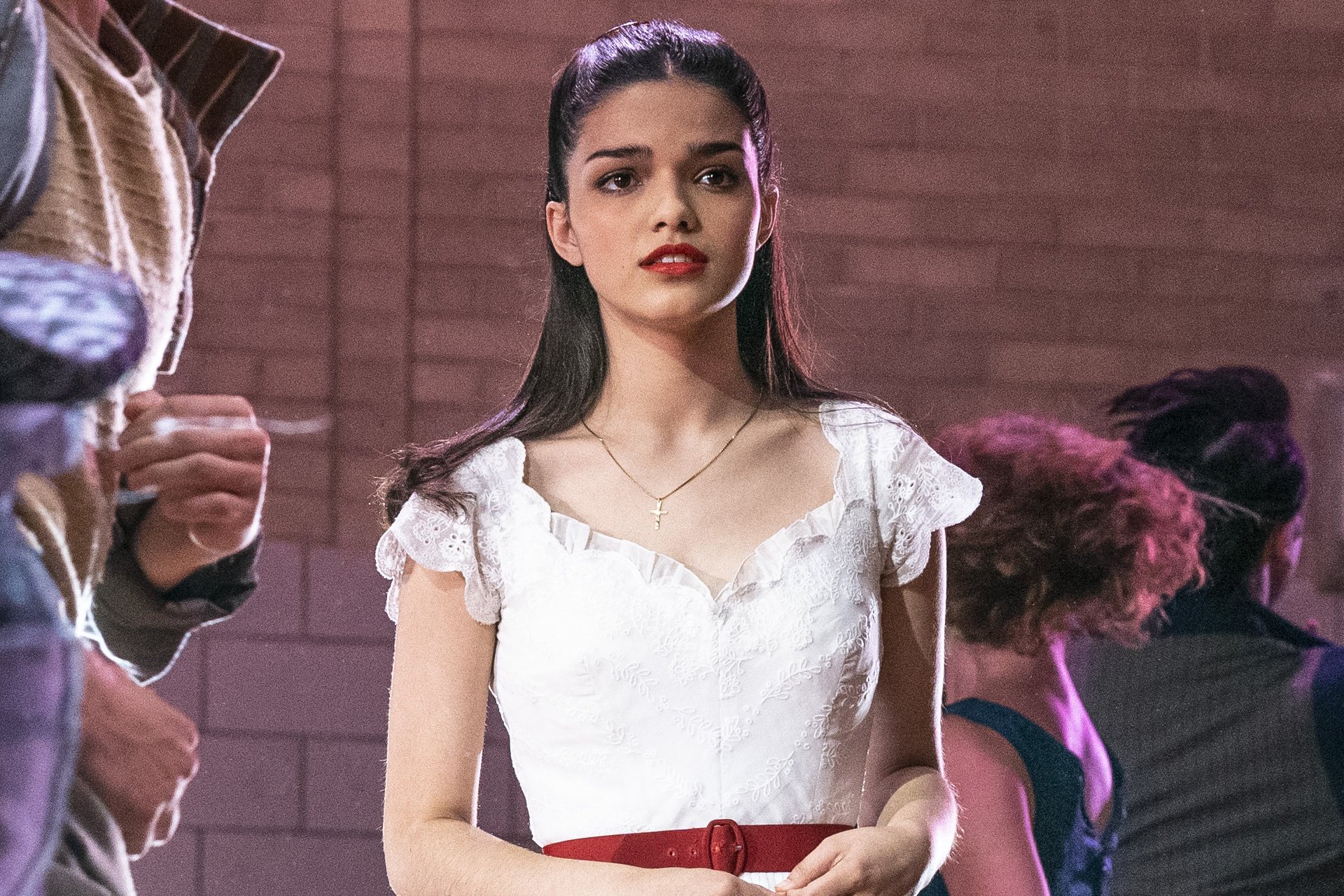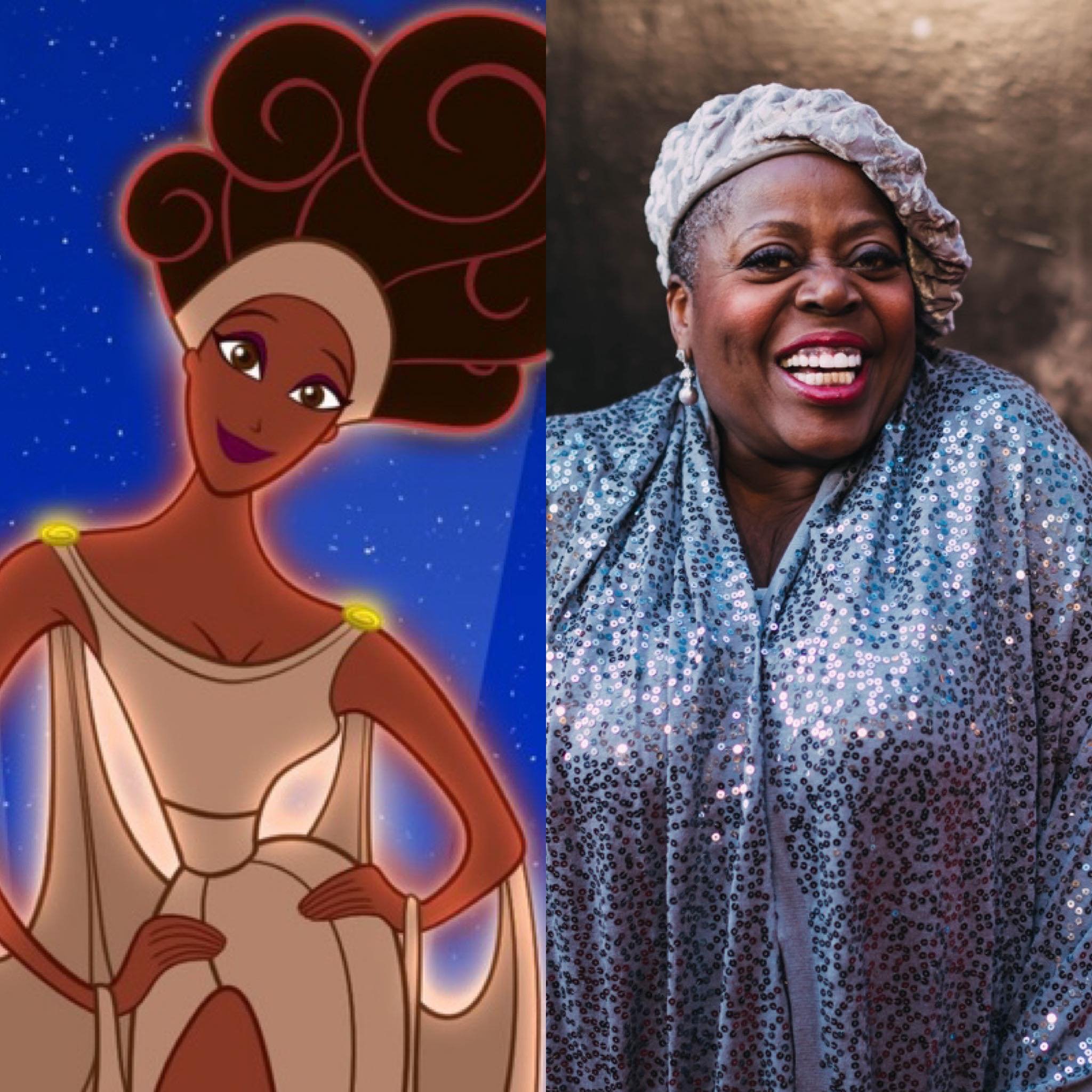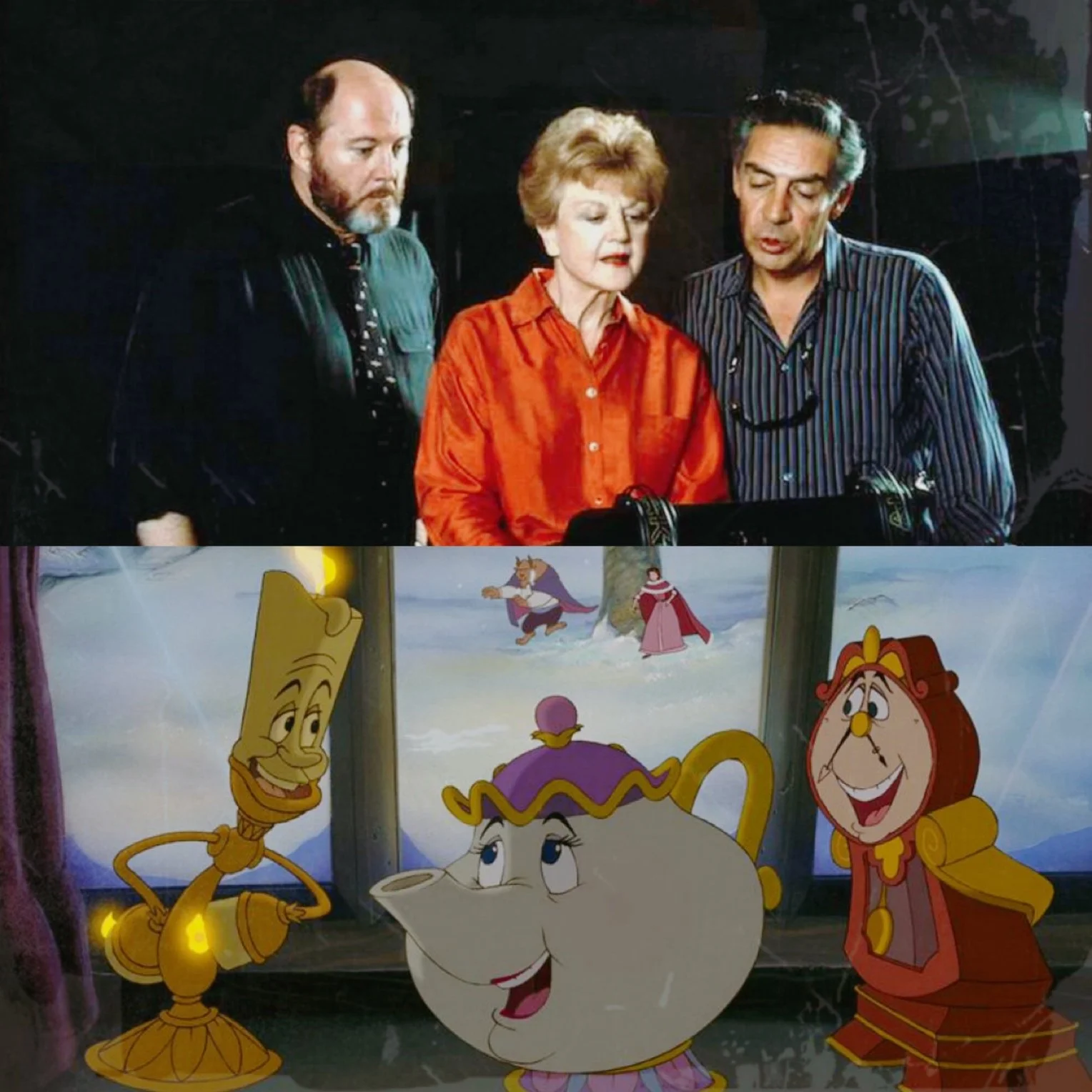The Inspirations Behind Snow White's Appearance
This year, Walt Disney’s very first animated feature film, as well as the world’s very first animated feature film, turns 85 years old. Snow White and the Seven Dwarfs graced the screen of the Carthay Circle Theatre on December 21, 1937, marking a pivotal point for the world of entertainment. Initially penned with the nickname “Disney’s Folly”, Snow White was a major feat for the studio, as nothing like it had ever been done before. Disney’s connection to the story is traced back all the way to 1916, when he saw the live action film version of Snow White in Kansas City. The idea of a loving, innocent, care-free character who longed for love was something that spoke to him and his team. Our title character Snow White went through many different iterations before landing on the one we know today.
Disney’s Folly newspaper. Image from: https://twitter.com/zobi_funposts/status/1179157096711049216
Practicing Human-Like Characters
Disney didn’t have much experience with animating human-like characters, as their focus before the time of Snow White was Mickey Mouse and his pals. They had the freedom of making the animals look any way they pleased, just like Goofy the anthropomorphic dog. They were working on another series though, the Silly Symphonies. Here, they were able to experiment with storylines and different styles of animation to see what audience’s reactions would be. One of the first short films that they released as a “test” for Snow White was The Goddess of Spring on November 3rd, 1934. It was a 9-minute short and was a take on a piece of Greek Mythology, about the Goddess Persephone being taken away by Pluto, the God of the Underworld. This was an extremely important piece as a stepping stone for Snow White, as the European features on Persephone mimic what they later did with Snow White.
The Goddess of Spring (1934). Image from: https://disney.fandom.com/wiki/The_Goddess_of_Spring_(song)
Finding Snow White’s Look
One of the biggest challenges that the studio faced with this film was deciding how they wanted to represent Snow White. Since many different versions of the story had already been written and filmed, but not animated, they had total freedom with how they wanted her to look. They purposefully cut the Prince out of a lot of the film as animating a human male was even trickier.
Walt wanted a very gentle, feminine, and soft-featured “girl next door” look for her. The problem with this broad idea was that they could add as many details as they wanted, but if it wasn’t easy enough to animate in a certain amount of time, it wouldn’t work. Snow White went through phases of being blonde, ginger, wearing different styles of dresses and different colors. Walt found animator Grim Natwick, who is best known as the artist who created Betty Boop. Walt didn’t quite want a Betty Boop-like character, but he knew Grim had the experience of drawing humans. Grim became the lead animator of the Snow White character, and turned her into a black-haired, fair-skinned, young girl who donned red, white, yellow, and blue.
“Snow White is a kind, simple little girl who believed in wishing and waiting for her prince charming to come along.”
A sketch of Snow White in Snow White and the Seven Dwarfs. Image from: https://www.untitledartgallery.com/post/original-production-animation-drawing-of-snow-white-from-snow-white-and-the-seven-dwarfs-1937
Finding Snow White’s Voice
Adriana Caselotti’s falsetto voice has traveled through homes for almost a century now as our first princess. It was important to Walt and the writers that they find the perfect voice for her, and someone who could carry that legacy with grace. They auditioned 150+ girls before a Disney casting agent called up Guido Caselotti, Adriana’s father, who was a music teacher and vocal coach. Adriana listened in on the conversation and immediately volunteered to audition. She knew that they were looking for someone with a younger sounding voice, so Adriana 18 at the time, sang using her highest notes. They had found their Snow White.
Adriana Caselotti as Snow White. Image from: https://d23.com/walt-disney-legend/adriana-caselotti/
Marge Champion
A helpful tool that Disney continued to use in their later films was finding models to be the live action references for the animators. Not only did it help them choose features from different people to compile into a make-believe character, but it also helped them see how bodies moved naturally. They didn’t want Snow White to turn into a silly cartoon - they wanted it to emulate European storybook art that could be realistic. They studied how beards move in the wind for the dwarves, they studied how the Evil Queen would sit in her throne, and they studied how Snow White would dance with the dwarfs. To do this, they brought in Marge Champion, young American dancer and actress.
Marge was hired at 14 years old to be the live action reference model for the princess. Her father, ballet teacher Ernest Belcher, knew Walt and so she went in once or twice a week to the studio and danced for them. The animators wanted to see how her dress would move as she twirled and skipped, and how her hair would bounce as she walked. She also served partly as the reference for Dopey too. Marge continued to work with the studio after Snow White, and was the inspiration of the Blue Fairy in Pinocchio, Hyacinth Hippo in Fantasia, and Mr. Stork in Dumbo. She was briefly married to Disney artist Art Babbitt before marrying Gower Champion. She held onto the name Snow White as she toured as her in a vaudeville show with The Three Stooges.
You can see traces of her facial appearance in Snow White too, along with influences of Adriana Caselotti’s looks as well. It’s been said that Snow White was also inspired by Hedy Lamarr, golden age of Hollywood legend and the inventor of Wi-Fi, GPS, and Bluetooth.
Marge Champion as Snow White. Image from: https://ew.com/article/2016/01/17/marge-champion-woman-behind-snow-white/
Later Adaptations of Snow White
The film was a massive success, marking the starting point for Disney to continue animating feature-length films. Since it’s release in 1937, Snow White has appeared many more times in modern media all around the world. Though we think of our short-haired, cape=wearing princess, her appearance has changed in each of these films. She appears in 1989 film Happily Ever After with long black hair, and a mostly blue dress. She’s in Grimm’s Snow White (2012) as a blonde-haired girl in a blue and white dress. Also in 2012, Lily Collins stars as the title character in Mirror Mirror. Kristin Stewart also has played her in the same year in Snow White and the Huntsman.
It was announced in 2021 that an official Disney live-action remake would be filmed in 2022. Rachel Zegler, who was cast in her first break-out role in Steven Spielburg’s West Side Story in December 2021, will play Snow White.
“Rachel’s extraordinary vocal abilities are just the beginning of her gifts. Her strength, intelligence and optimism will become an integral part of rediscovering the joy in this classic Disney fairytale”
Reference list:
https://www.youtube.com/watch?v=0E9PfVnG73w
https://www.denofgeek.com/movies/disneys-snow-white-the-risk-that-changed-filmmaking-forever/
https://disney.fandom.com/wiki/Snow_White_and_the_Seven_Dwarfs#Inspirational_Sketch_Artists
https://www.imdb.com/name/nm0622451/
https://www.globalcitizen.org/fr/content/hedy-lamarr-genius-only-seen-for-beauty/
